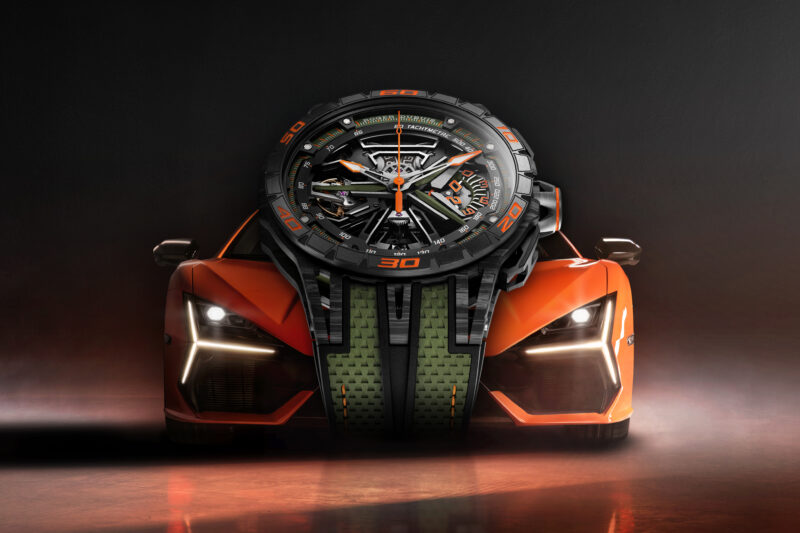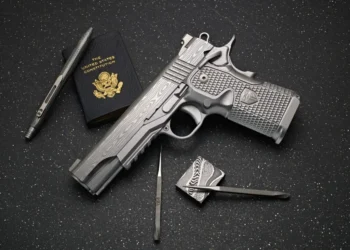The chronograph has long since distinguished itself as a cornerstone in both automotive history and watchmaking, even making its mark as the first watch to land on the moon’s surface.
Regarded as one of the most versatile timepieces ever created, with the ability to function as a stopwatch and a traditional watch, the chronograph has become a staple for collectors and enthusiasts who appreciate its everyday usefulness and historical significance.
Historically, the chronograph has been associated with influential figures like Paul Newman and Steve McQueen, further cementing its position in the timeline of luxury watches with examples like the Rolex Daytona Cosmograph and TAG Heuer Carrera. For automotive aficionados, the chronograph represents that bridge between the realms of competitive racing and haute horology. Whether for gauging lap times or fine-tuning a race car’s on-track capabilities, the chronograph offers multiple levels of accuracy that are indispensable for both drivers and teams.

Understanding how a chronograph works reveals why it’s such a valuable tool for racing. Functionality is what sets it apart from all other wristwatch variations, which is why its technology has been adopted by Swiss watch icons like Rolex, Audemars Piguet, TAG Heuer, and so many others. While it maintains the basic features of a standard wristwatch, additional complications allow it to measure elapsed time with remarkable accuracy. This is achieved through extra sub-dials and pushers that control the stopwatch function separately from the primary time display. For pioneering and modern-day drivers, this is important for tracking lap times and analyzing other performance metrics.
The origin of the chronograph dates back to 1816, when Louis Moinet, a French watchmaker, created the first modern chronograph. His invention could measure time to 1/60th of a second and is still recognized as the significant advancement in precision that laid the groundwork for future developments in timing technology. Without Louis Moinet and his ingenious creation, the watch world would be without coveted models like the Zenith Chronomaster Original and Omega Speedmaster.

In the context of racing, the chronograph’s ability to provide detailed timing information is invaluable. Accurate lap times and performance measurements help teams and drivers make strategic adjustments and improvements. Imagine standing trackside at the 24 Hours of Le Mans while carefully monitoring lap times from your wrist to guarantee a victory at the checkered flag. Despite technological advancements, the chronograph’s straightforward design and accuracy continue to make it a relevant tool in motorsport today.
The chronograph offers a compelling entry point for those interested in luxury watch collecting, with a vast range of price points and styles that are sure to fit the needs of any watch lover. Its historical significance, combined with its practical functions, makes it a noteworthy piece for both seasoned collectors and newcomers. The chronograph’s blend of functionality and heritage ensures its place as a respected and enduring part of the world of fine watches.










